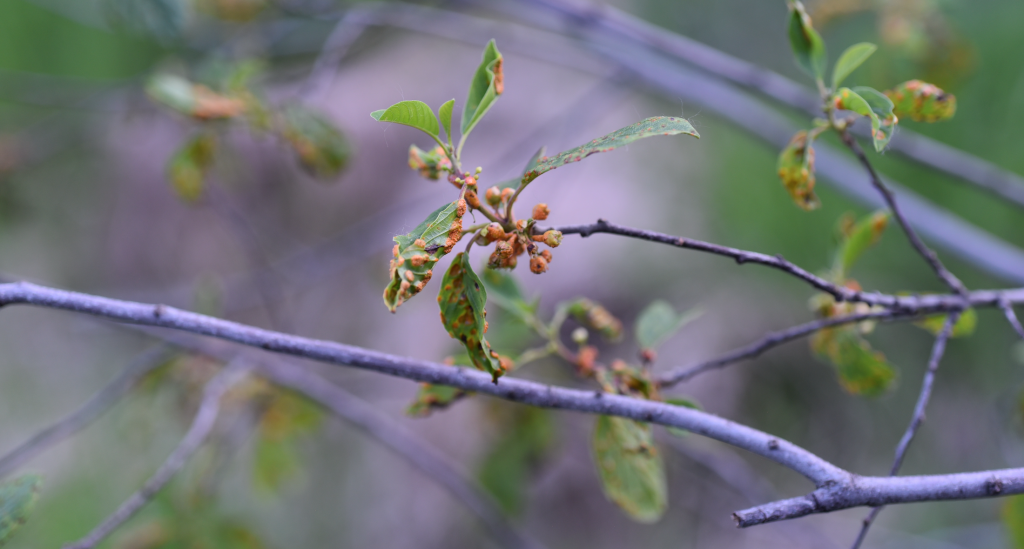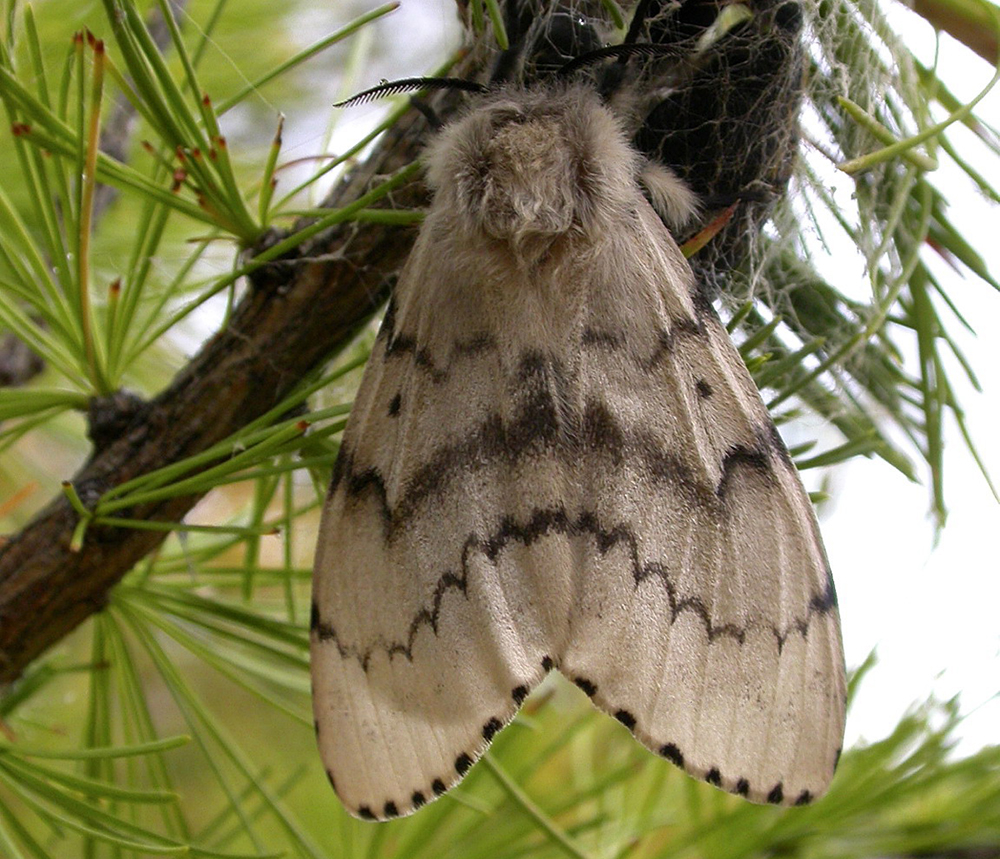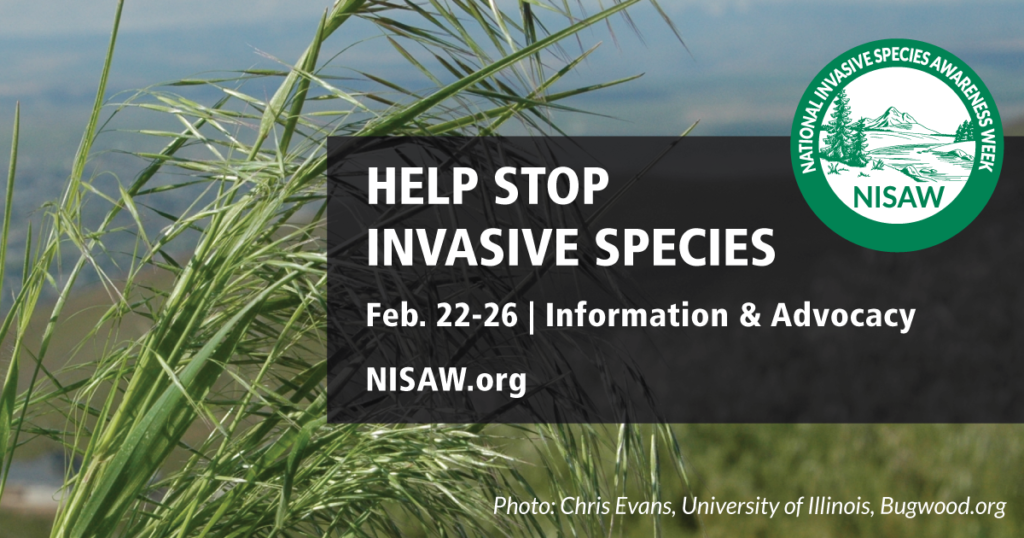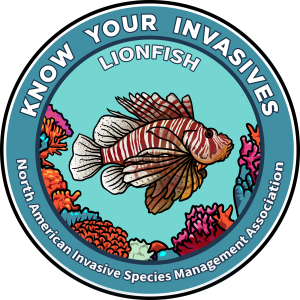Above, an invasive red lionfish has been captured by a scuba diver who wants to remove the harmful creature from the reef to prevent further damage to the complex ecosystem on the Caribbean reefs. Adobe Stock.
The staff and board of the North American Invasive Species Management Association review invasive species headlines each month. This helps us stay on top of trends and further our mission to support, promote, and empower invasive species prevention and management in North America. We then share invasive species news most relevant for people who manage terrestrial and aquatic invasive species across the the United States, Canada, Mexico and the world.
Prevention, Outreach and Education
Tool Predicts which Native Fish Species are Most at Risk from Lionfish Predators
Global/Alberta — Read on Phys.org
Coastal countries have between two and five years to act to protect native fish species once voracious lionfish arrive in their waters, according to a University of Alberta ecology professor who helped create a tool to predict which fish are in danger.
A Kansas boy entered a unique insect at the state fair. It triggered a federal investigation.
Kansas – Read on Washington Post
The boy told government officials he found the dead lanternfly on his patio in May, according to Erin Otto, national policy manager for the USDA’s Animal and Plant Health Inspection Service. Because adult lanternflies usually start emerging in July and the specimen was “worn and desiccated,” officials said the boy’s insect may have died last year, Otto wrote in a statement to The Post.

An Enemy Reunion
Minnesota — Read on Minnesota Invasive Terrestrial Plants and Pests Center
Could bringing two enemy species together help keep invasives in check? Nick Greatens has a hunch the approach might just work…
New Research
Multiple Co-occurrent Alien Invaders Constrain Aquatic Biodiversity in Rivers
Global— Read in Ecological Applications
Based on the most common aquatic invaders, results indicated that their richness, rather than abundance, was the most important factor negatively affecting aquatic macroinvertebrate biodiversity.
Diversity Challenge Confronts Ecology
Global — Read in Ecological Applications
“The Diversity Challenge Confronts Ecology” Forum published in this issue of Ecological Applications presents perspectives on structural and cultural problems within institutions, mentorship practices, professional development programs, and research experiences which have caused and perpetuated low representation of African Americans, Hispanic Americans, Native Americans, and Pacific Islanders in the environmental workforce and in academia.

Not So Fast! International Biosecurity Program Succeeds in Preventing Spread of Invasive Moth
North America — Read on Entomology Today
This JIPM paper is filled with details about how this program all came together, as well as how monitoring is conducted in ports and forests.
The Delta Region Areawide Aquatic Weed Project
California — Read in the Journal of Aquatic Plant Management
This Special Issue of the Journal of Aquatic Plant Management is the capstone of a five-year Areawide Pest Management Program funded by the U.S. Department of Agriculture (USDA) Agricultural Research Service (ARS). Approved by ARS in 2014, five years of funding was provided for USDA ARS to work collaboratively with federal, state, university, and local agencies to improve the management of aquatic weeds in the Sacramento–San Joaquin River Delta (Delta)
Detection, Management and Control
UF Scientist who Battles Florida’s Invasive Species Recognized with International Award
Florida — Read on UFIFAS

For five years, Minteer has led research at the Norman C. Hayslip Biological Control Research and Containment Laboratory as an assistant professor of entomology for the University of Florida’s Institute of Food and Agricultural Sciences (UF/IFAS) Indian River Research and Education Center (IRREC) in Fort Pierce, Florida. The Hayslip Laboratory is one of three facilities in the state where scientists work with new biological control agents, or organisms that control the growth of pests in their native region.
NAISMA’s biocontrol committee has resources on classical biological control.
Invasive crayfish are dying in the Midwest. Could a fungus be the cause?
Midwest — Read on National Geographic
A parasitic fungus discovered in a Wisconsin lake could be a natural weapon for stopping non-native crustaceans.
Conservation Groups Push to Manage Invasive Phragmites Across Ontario

Policy
Legislation Combating Invasive Species
United States — Read on Society of American Foresters
NAISMA, the Society of American Foresters, and others support Rep. Peter Welch’s (D-VT) Invasive Species Prevention and Forest Restoration Act (HR 1389), which provides new resources to prevent and mitigate threats from invasive species.
Luján Introduces Legislation to Protect Tribal Wildlife Corridors and Support Wildlife Management Efforts
New Mexico — Read on the Native American Fish and Wildlife Society
U.S. Senator Ben Ray Luján (D-N.M.), a member of the Senate Committee on Indian Affairs, announced the introduction of the Tribal Wildlife Corridors Act to fund wildlife migration corridors and provide Tribal Nations with resources to carry out on-the-ground work to develop and maintain wildlife corridors.
Canada Expands Ballast Water Restrictions to Reduce Invasive Species Spread
China and U.S. Aquaculture Open Doors to Invaders
Conversations
Ecological Sustainability Should Be our Goal
United States — Read on Irrigation Leader and Federal News Network
Opinion: The Outdoor Industry Still Can’t Get DEI Right
United States — Read on Outside Business Journal
Organizations need to strategically plan for and invest financially in workplace diversity, hiring consultants that are well versed in what it takes to dismantle embedded systems of bias.
North America — Read on CrossCut
“Everybody freaked out and was suddenly afraid of insects and that’s the last thing we want … as insects are disappearing around the world,” Akito Kawahara says.
Texas A&M Project to Create a More Inclusive Scientific Community
Texas — Read on AgriLife Today
By focusing on the individual and helping them develop goals and a vision for their future, Bernal, Medina and Ramos believe the project will have a cascading effect within the scientific community.
Do Species Awareness Days Work?
Global – Read on The Revelator
These awareness days have obviously become a popular way to honor endangered species and fundraise for their conservation, but one big question looms over the concept: Do they work?




